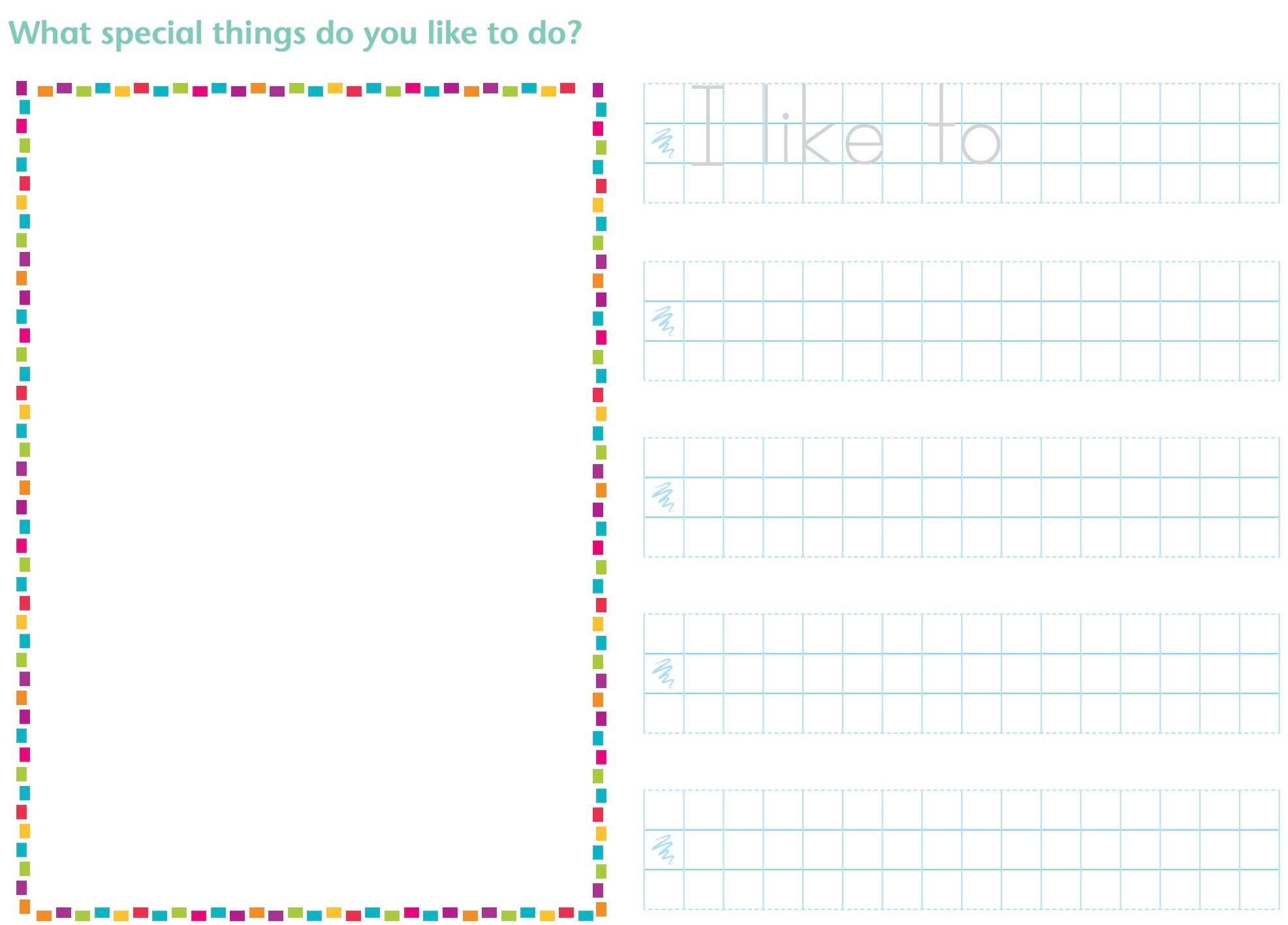by Jolanta Maria Nitoslawska-Romer, M.Ed.
International Director of Academic Affairs, BE+Live
It happens all the time. Teachers decide that they themselves, finally, will fix the problem of students’ grammar errors. “My kids can’t write! They keep making the same mistakes; they don’t write ‘s or s’ where they’re supposed to, their past tenses are all wrong; what did they teach them last year?”
And so you decide that it’s back to basics. Weekly grammar drills and exercises should do it. You know that if you teach it hard enough, they will have to learn it, and finally, they will get it. But that does not happen!
And right now, as you move towards the end of the first trimester of online learning, students still continue making the same mistakes, and you are frustrated and think, “How is this possible? I taught this to you! Don’t you remember?”
I must mention that when I say grammar, I mean all the conventions that make speaking, and more so, writing correct: spelling, punctuation, capitalization, usage, and so on. In the BE+Live program, we don’t even call it grammar anymore, but rather Language Structures and Functions, or just plainly put, the correct use of English.
When we teach language communicatively, we want our students to express what they want to say. We want them to communicate. We want to help them combine words to express their intentions. Thus saying “tea” with a rising intonation expresses an offering.
So if we are teaching greetings or how to offer goods or services or decline favors, we always need to do so in context. We need to provide our students with the structures they need to correctly express their intention. For example, in the function of talking about your place of origin, the structures practiced might be “(subject) +am/is/are +from +(country). So, language structures are used to convey specific functions of language. Yes, the same language structure, depending on the context, can have a different function. For example, “Can you drive?” in a simple conversation denotes the ability or know-how of driving a car. Still, if I say it in a bar, to someone who has had too many drinks, the function becomes different; it is about safety.
Teaching grammar in isolation, without any meaningful context, has been found to have no significant impact on student writing. In fact, drills can even be detrimental. Many of us have been frustrated that our students do well on traditional grammar exercises or drills and do not seem to transfer their apparent knowledge into their oral or written production. Some studies seem to suggest that when we do a drill, one part of our brain is involved, and when we want to express intentions, it’s another part, and they don’t always connect.
What we do know is that there has been much research on which writing interventions best impact good student writing. In 1984 Hillcocks meta-analyzed over 500 published studies on composition and found that grammar instruction was terribly ineffective. Three decades later in 2012, Graham, McKeown, Kiuhara, & Harris, looked at the impact of six different writing interventions and found that the only one of the six that had no statistically significant effect was grammar instruction, and half of those studied actually produced negative results. The evidence against the teaching of grammar is so strong that the National Council of Teachers of English declared that “the use of isolated grammar and usage exercises…is a deterrent to the improvements of students’ speaking and writing.”
So, what should teachers do instead?
A) Focus on reading and writing and give students lots of time to read and write as much as possible. But not just read anything. Reading real books, articles, and other texts that will help students love to read and write. Exposure to good writing will naturally improve the correctness of student writing and speech as well.
B) Set up a database of quick grammar lessons. All the reading and writing in the world won’t magically turn your students into great speakers and writers. With technology today, it is not hard to find a way of having a database or a system so that the functions and structures students need can be easily accessed by those who need them. Conventions are best learned in real-life contexts. Thus, some may need help with the differences between then-than, and others may need help with run-on sentences. Show your students how to access what they need when they need it. With online learning, you can think about setting up small group classes to discuss and practice similar language functions. In the Be+Live program, the Scope and Sequence focus is on can-do statements for language structures and functions. These are then used as needed by teachers and students to improve oral and written production.

CLICK here to send your comments, questions or concerns.
REFERENCES
Cleary, M.N. (2014, February 25). The wrong way to teach grammar. The Atlantic. Retrieved from theatlantic.com/education/archive/2014/02/the-wrong-way-to-teach-grammar/284014/
Graham, S., McKeown, D., Kiuhara, S., & Harris, K. R. (2012). A meta-analysis of writing instruction for students in the elementary grades. Journal of Educational Psychology, 104(4), 879-896.
Hillocks Jr, G. (1984). What works in teaching composition: A meta-analysis of experimental treatment studies. American Journal of Education, 93(1), 133-170.
Follow us!